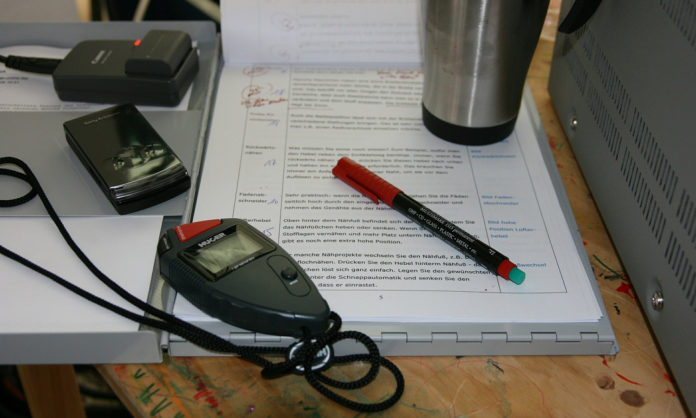
In a post on the Screencraft blog, Britton Perelman examines the 8-sequence structure. The structure originated in the early days of Hollywood, when projectionists had to swap out reels to show a complete film. A two-hour movie needed eight 15-minute reels, so screenwriters began breaking their stories into corresponding parts.
“Some screenwriters like to think of these sequences as self-contained ‘mini-movies’ because they each have a beginning, middle, and end of their own,” Perelman writes. “Back in the days when film reels needed to be changed, screenwriters would write to a cliffhanger so that audience members wouldn’t up and walk out of the theater because they were bored.”
An 8-sequence structure also accommodates the common 3-act structure, with Acts 1 and 3 each containing two sequences and the longer middle Act 2 containing four. Perelman breaks down the sequences this way:
- Introductions – the characters, story world, and inciting incident
- Dilemma – the time when the hero considers whether the answer the call to action
- First Obstacle
- Midpoint Obstacle and Raised Stakes
- Twists & Turns – Secrets are revealed, relationships tested, tensions rise, and the protagonist faces the Mirror Moment
- Low Point – Things get as bad as they can
- Climax – the last and major confrontation
- Resolution
Perelman examines some recent films against the 8-sequence structure, including La La Land, Pirates of the Caribbean: The Curse of the Black Pearl, and When Harry Met Sally…
If you try the 8-sequence structure, Perelman suggests a few tips:
- Name Your Sequences. “Giving the sequences a distinct name can help focus your story, especially when you’re trying to come up with enough plot to fill out those murky middle sections,” she writes.
- Use it Just for Act Two. “In fact, a lot of screenwriters who utilize 8 sequence structure only use it for Act Two,” Perelman says. “So, if it helps, just use 8 sequence structure to break down Act Two. Ignore sequences 1, 2, 7, and 8 if you want.”
- Sequences are “Mini-Movies.” Think of each sequence as its own mini-movie with a beginning, middle, and end. Of course, don’t forget that each sequence should build on the previous.
- 8 Sequence Structure Isn’t an Exact Science. “Traditional 8 sequence structure is based on a two-hour, 120-minute movie,” Perelman notes. “But some movies are shorter than that and some are longer. In these instances, the sequences are adjusted accordingly.” The rules of the sequences are more like suggestions. Some movies skip the midpoint or have a very short resolution. Remember that this is just one way of looking at story.











